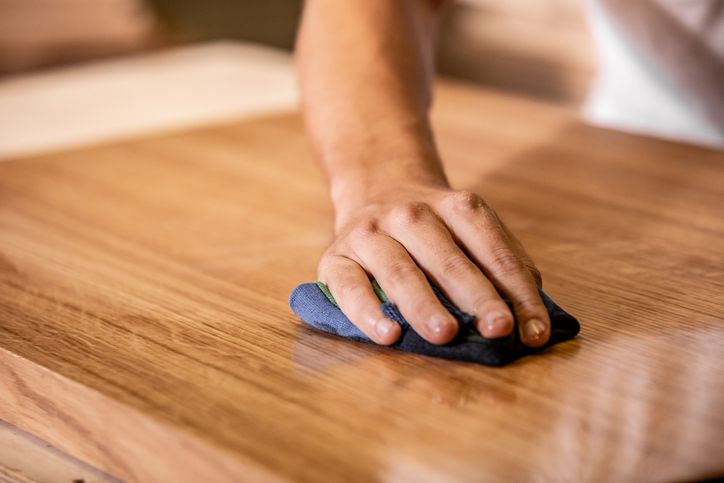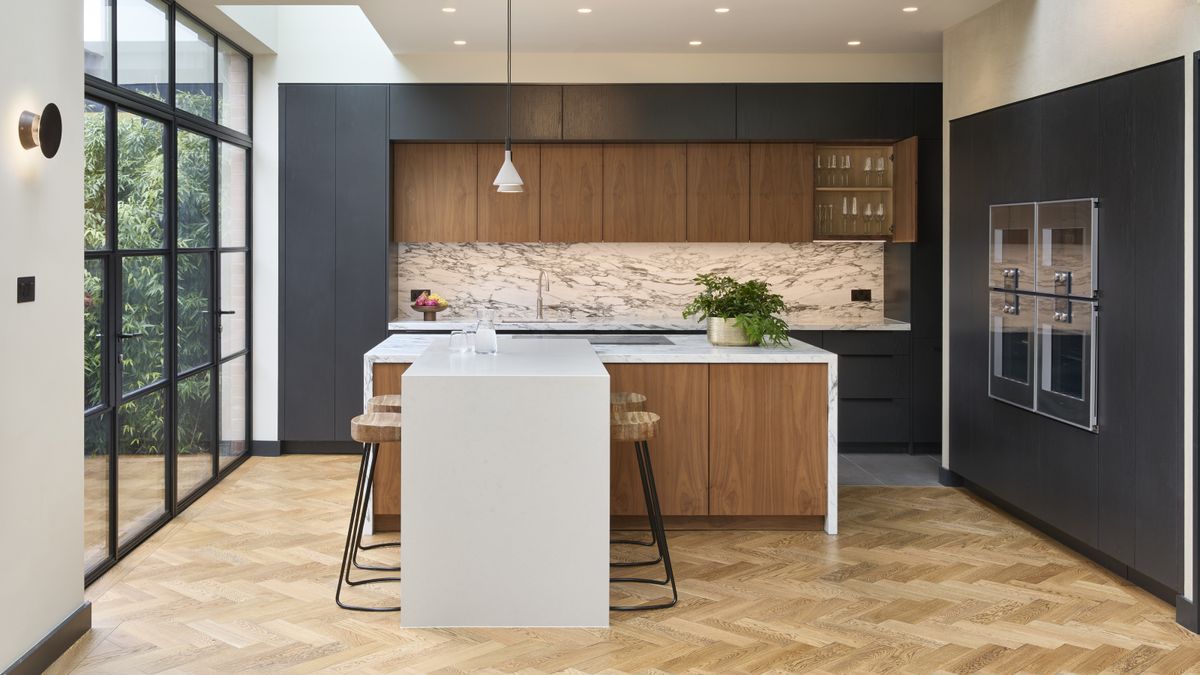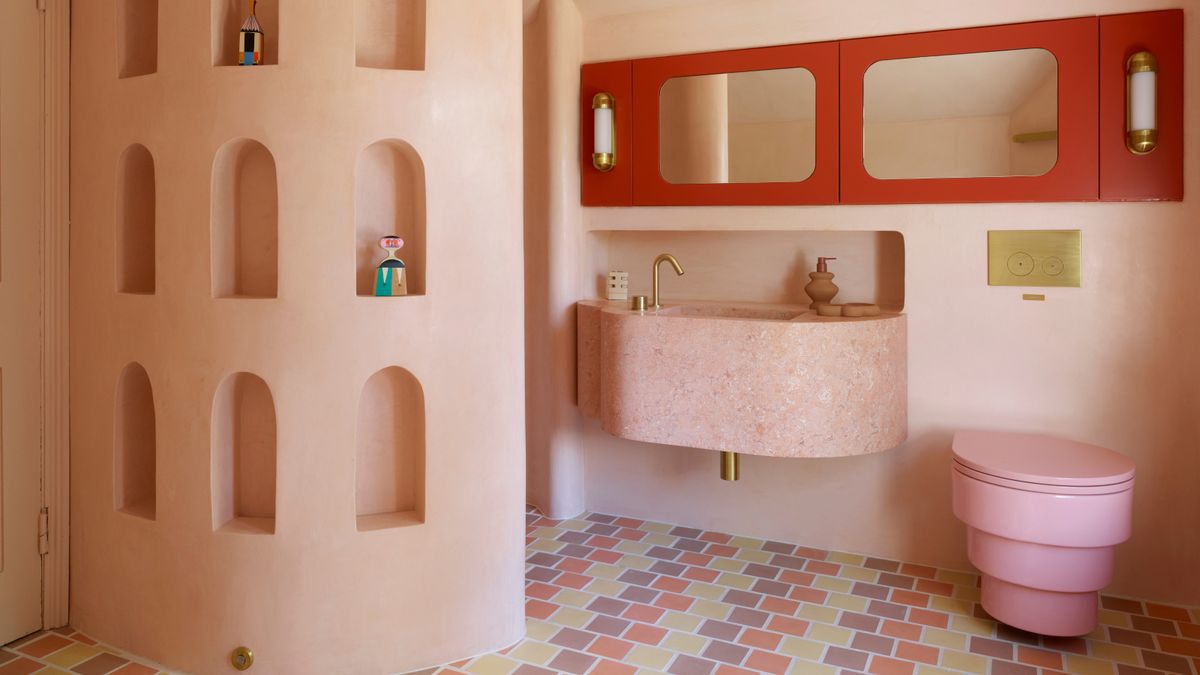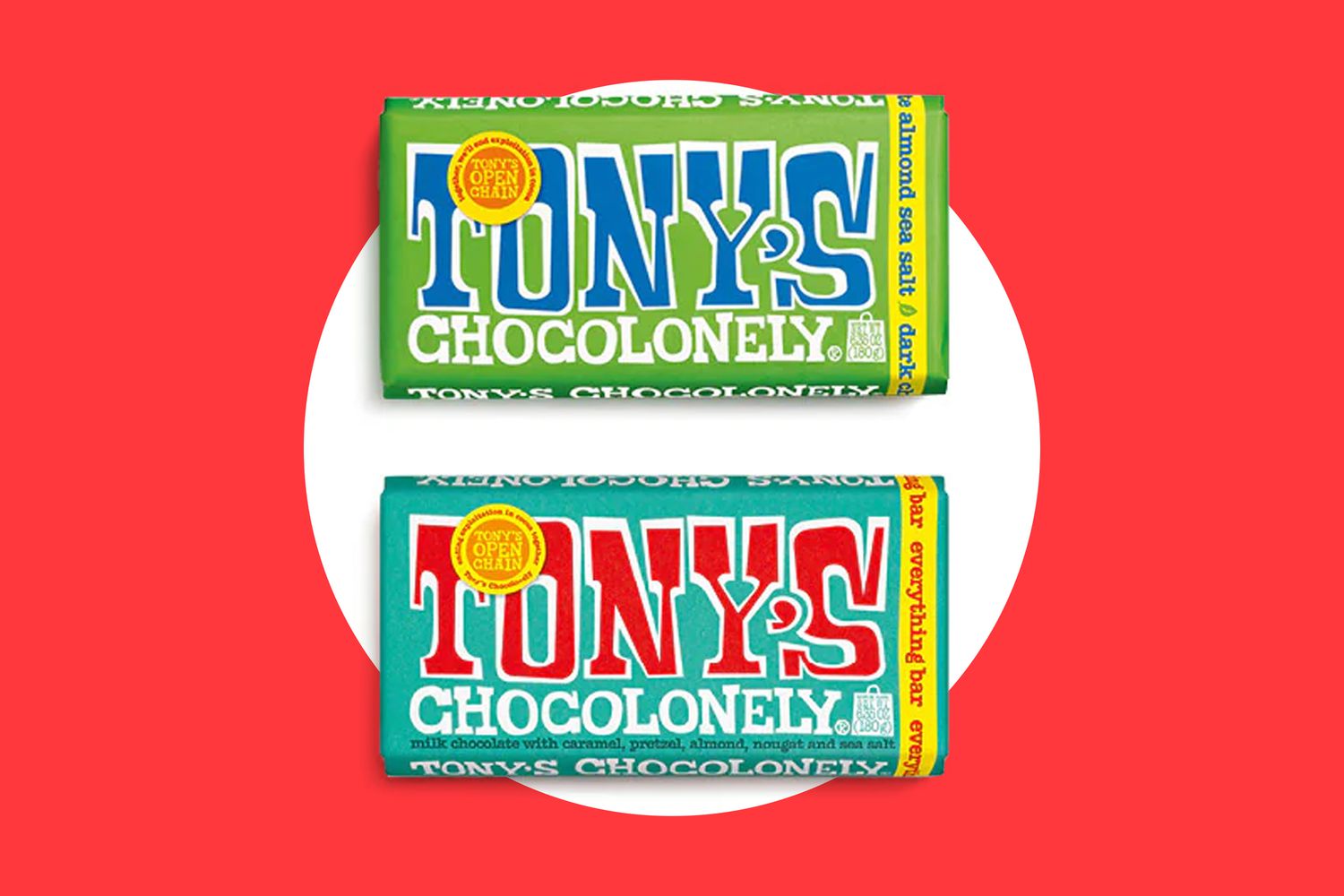
Your Cleaning Vinegar Could Be Damaging Your Wood—What Pro Cleaners Recommend
- Vinegar can be an effective homemade cleaner, but should be used with caution when cleaning wood.
- Diluting the vinegar, performing a spot test, and following the right stain removal methods can help prevent damage.
- Dish soap and olive or vegetable oil are also effective cleaners for wood surfaces that are a good alternative.
Vinegar is a powerful cleaner that can be used throughout your home, in conjunction with ingredients like baking soda or all on its own. However, vinegar is also an acidic solution, which means a little goes a long way (and a lot may do more harm than help).
If you’re looking for products you can use to clean your wood furniture, hardwood floors, and other wood items, vinegar can help, but the key is moderation.
We spoke with cleaning professionals to learn how to use vinegar to clean wood as well as alternative solutions you can use.
Meet the Expert
- Lana Tkachenko is an eco-friendly cleaning expert and the marketing director at Force of Nature.
- Marla Mock is the president of Molly Maids, a Neighborly company.
Can You Use Vinegar to Clean Wood?
Both of our cleaning professionals agree that vinegar can be used to clean wood. However, they also agree there are important caveats.
“Vinegar is acidic, which means it can gradually wear down finished wood surfaces, making them look dull over time,” says Lana Tkachenko, an eco-friendly cleaning expert and the marketing director at Force of Nature.
Tkachenko adds that this is especially true for hardwood floors, furniture, and anything with a protective coating like polyurethane.
Fortunately, this doesn’t mean you can’t use vinegar to clean wood, only that there’s a right way to do so.
“The key is to use vinegar correctly,” says Marla Mock, the president of Molly Maids. “Always dilute it and avoid excessive moisture to protect the wood’s finish.”
Want more cleaning and organizing tips? Sign up for our free daily newsletter for the latest hacks, expert advice, and more!
How to Use Vinegar to Clean Wood
If you want to use vinegar to clean wood in your home, Tkachenko and Mock have several key pieces of advice to help you use the solution correctly. These tips will help you clean wood surfaces in your home without degrading the finish.
Dilute the Vinegar
Vinegar is a powerful cleaner, so it’s important to use it sparingly. In fact, many DIY vinegar cleaning solutions dilute the vinegar with water.
Some add a few drops of dish soap for an extra cleaning boost. Others recommend several drops of your favorite essential oil to mask the strong vinegar smell. The key is always using water to mitigate vinegar’s acidity.
Perform a Spot Test
As with many cleaning solutions, it’s important to test the cleaner before wiping down an entire surface. This is especially true when it comes to vinegar and wood, as the pair don’t always react well together.
Choose a small, inconspicuous area of the wood item to clean first, then leave the solution for at least 30 minutes before returning to evaluate the results.
Follow the Right Stain Removal Methods
If your goal in cleaning wood is to remove a stain, Mock says vinegar can help, but the correct method depends on the type of stain.
“Since both heat and moisture can cause similar stains, it’s important to identify which one is the culprit to treat it correctly,” she says.
For heat stains, combine equal parts vinegar and olive oil and apply using a paper towel. Make sure the wood is saturated and allow it to sit for an hour before wiping off the residue with a soft cloth.
“White heat stains form when excessive heat causes the wood’s pores to expand, absorb moisture, and shrink,” Mock says. This method releases the trapped moisture.
For stains caused by moisture, Mock suggests the same method, but skip the wait time and wipe away the oil right away.
Alternative Wood Cleaners to Try
While vinegar is certainly capable of cleaning your wood cabinets, furniture, butcher block counters, and even your hardwood floors, it’s not always the best tool for the job. Here are some alternative wood cleaners that can help you remove dirt and other grime from wood throughout your home.
- Dish soap: Believe it or not, good old fashioned dishwashing liquid is an excellent solution for more than just dishes. As with vinegar, make sure you dilute the dish soap with water (one teaspoon of soap should be plenty for a bucket of water) and use sparingly. When you’ve finished, wipe down the wood with a dry cloth to remove any moisture.
- Vegetable or olive oil: If you’re trying to erase a water stain or remove some sticky residue, a little olive oil or vegetable oil can go a long way! For water stains, we recommend leaving a little vegetable oil to sit and absorb into the wood for about an hour before returning to buff and wipe clean.










